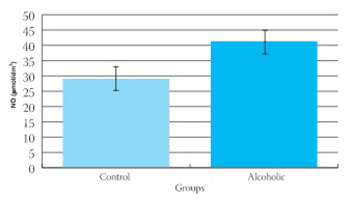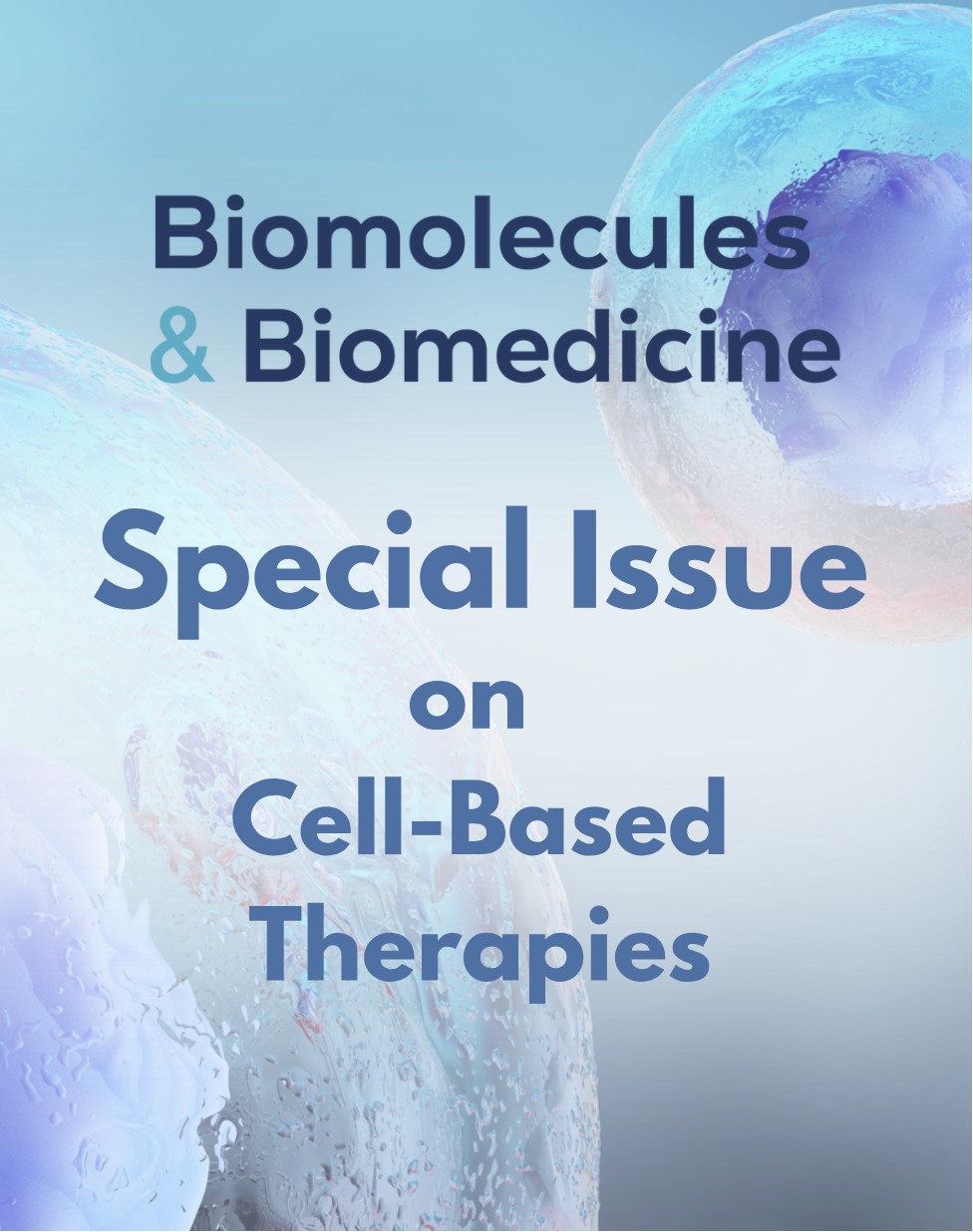The Role of Nitric Oxide and Ferritin in the Pathogenesis of Alcoholic Liver Disease: a Controlled Clinical Study
DOI:
https://doi.org/10.17305/bjbms.2009.2807Keywords:
alcoholic liver disease, nitric oxide, ferritin, fibrogenesisAbstract
The role of ferritin in fibrogenesis of liver parenchyma in patients with alcoholic liver disease has been investigated in previous studies. Ferritin was shown to be an indirect marker of ferum deposition in liver parenchyma in alcohol liver disease. The aim of the present study was to examine the role of nitric oxide (NO) in the pathogenesis of alcoholic liver disease as well as the influence of NO on iron (ferritin) me-tabolism in patients with alcoholic liver disease.
Serum concentrations of NO and iron markers (iron, total iron binding capacity, ferritin) were measured in 30 male patients (aged 20-60 years) with alcoholic liver disease, as well as from a control group (30 male patients (aged 20-60 years) without liver disease). NO concentration was detected by measuring production of nitrates and nitrites using classical colorimetric Griess reactions.
There was a statistically significant increase in serum NO concentration in patients with alcoholic liver disease compared to the control group (mean ± SEM; 41,2 ± 25,3 vs. 28,9 ± 12,3 mmol/dm3, respectively; p<0,03). Similarly, serum iron levels (18,7 ± 8,2 vs. 13,2 ± 10,2 g/100 cm3, respectively; p<0,03) and serum total iron binding capacity (51,3 ± 13,9 vs. 41,4 ± 11,4 μmol/dm3, respectively; p<0,005) were also signifi-cantly higher in patients with alcoholic liver disease compared to control patients. The serum concentration of ferritin was 27% higher in patients with alcoholic liver disease than in the control group; however this was not statistically significant (283,2 ± 291,0 vs. 222,9 ± 252,0 g, respectively; p<0,4). There was no correlation between NO and ferritin in the investigated groups.
These results suggest a possible role of NO and iron in the pathogenesis of alcoholic liver disease. NO and iron may be used as non-invasive predictors of liver damage. Also the role of iron in sera, and its deposition in liver parenchyma, could be used in clinical practice, especially in regards to assessing the fibrogenesis of liver parenchyma induced by ferritin.
Citations
Downloads

Downloads
Published
How to Cite
Accepted 2017-12-11
Published 2009-08-20









